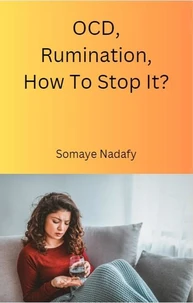Psychologist Stephen Johnson writes that the narcissist is someone who has "buried his true self-expression in response to early injuries and replaced it with a highly developed, compensatory false self." This alternate persona to the real self often comes across as grandiose, "above others, " self-absorbed, and highly conceited. In our highly individualistic and externally driven society, mild to severe forms of narcissism are not only pervasive but often encouraged.
Narcissism is often interpreted in popular culture as a person who's in love with him or herself. It is more accurate to characterize the pathological narcissist as someone who's in love with an idealized self-image, which they project in order to avoid feeling (and being seen as) the real, disenfranchised, wounded self. Deep down, most pathological narcissists feel like the "ugly duckling, " even if they painfully don't want to admit it.
Psychologist Stephen Johnson writes that the narcissist is someone who has "buried his true self-expression in response to early injuries and replaced it with a highly developed, compensatory false self." This alternate persona to the real self often comes across as grandiose, "above others, " self-absorbed, and highly conceited. In our highly individualistic and externally driven society, mild to severe forms of narcissism are not only pervasive but often encouraged.
Narcissism is often interpreted in popular culture as a person who's in love with him or herself. It is more accurate to characterize the pathological narcissist as someone who's in love with an idealized self-image, which they project in order to avoid feeling (and being seen as) the real, disenfranchised, wounded self. Deep down, most pathological narcissists feel like the "ugly duckling, " even if they painfully don't want to admit it.

 , qui est-ce ?
, qui est-ce ?